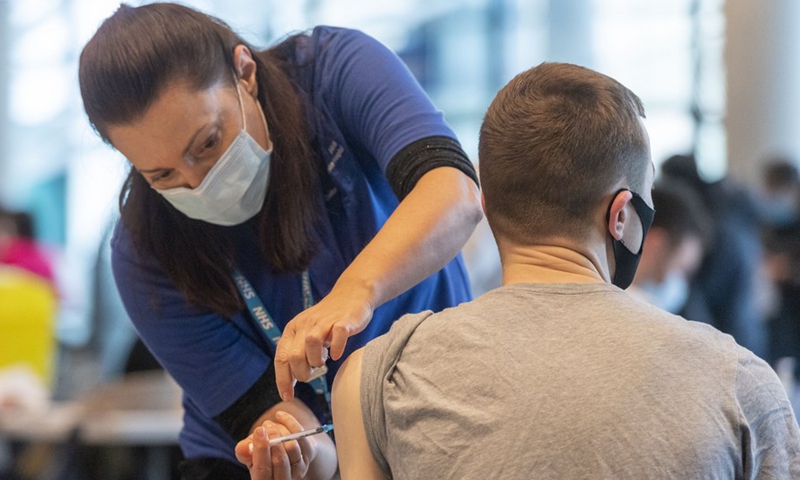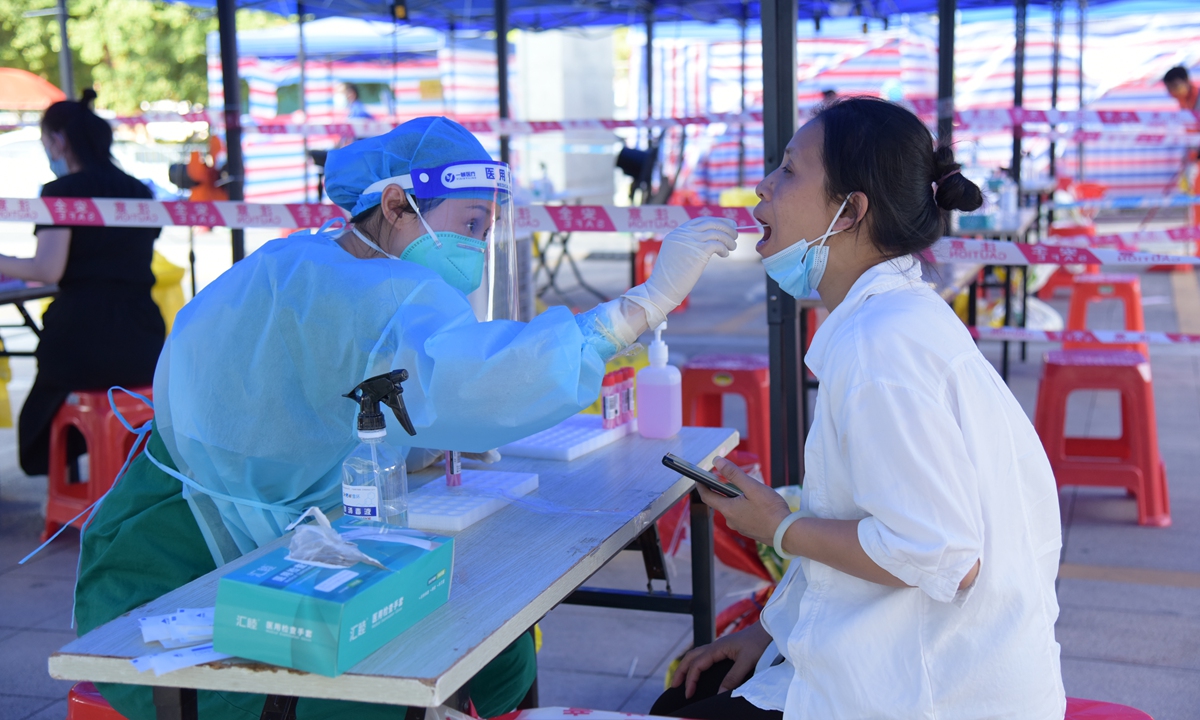Malaysia is set to announce a progressive wage model. What will this mean for the future of employee wages in the country?
Dissecting the practicality of the progressive wage model and its potential impact on Malaysian's welfare
Especially pertinent after a number of announcements by Economy Minister Rafizi Ramli regarding the government’s consideration and proposed implementation of the Progressive Wage Model (PWM), which could be modelled after neighbouring Singapore’s version, wage experts and economists are offering varying opinions on the subject.
To be clear, Singapore unveiled its own PWM since 2012, and according to its National Trades Union Congress, the PWM is based on the key objectives of helping Singaporean workers climb the four ladders of skills upgrading, productivity improvement, career advancement and wage progression, on top of helping companies make better use of and retain their workforce.
Notably, the island nation does not have an official blanket minimum wage structure, except for two sectors, namely for cleaners, where the minimum wage is S$1,000 (RM3,390) per month; and for security guards, who are required by law to be paid S$1,100 (RM3,729) monthly.
However, its Manpower Ministry has outlined the progressive wages (PWS) Singaporean workers are to be paid in a number of sectors, including the landscaping, food services and retail industries.
For example, a local Singaporean working as a cashier has to be paid a minimum of S$1,850 (RM6,277) monthly from Sept 1, 2022, which would increase to S$1,975 (RM6,701) from Sept 1 this year; while a landscape worker would be required to be paid S$1,650 (RM5,599) per month.
Singapore also has a Local Qualifying Salary (LQS) – S$1,400 (RM4,746) – which its Manpower Ministry describes as a determinant for the number of local employees who can be used to calculate a firm’s work permit and S Pass quota entitlement.
Since September last year, firms employing foreign workers who require work permits, S Passes or employment pass holders are mandated to pay PW salaries to local workers covered by the relevant Sectoral or Occupational PWS in the aforementioned cleaning, security, landscape maintenance, and retail sectors as well as in-house workers covered by the PWM, while also remunerating at least the LQS to all other local workers.
Can the PWM be successful here?
The discussion naturally hinges on whether what Singapore is doing can be implemented here, and what are the benefits of a blanket minimum wage structure as compared to a PWM.
Aside from that, the (business) man on the street could also be concerned as to whether the government has set its sights on making the PWM a mandatory initiative, or would this be optional, perhaps at its nascent stage at least.
As argued by Socio-economic Research Centre (SERC) executive director and economist Lee Heng Guie, the PWM offers more of a winwin solution for both employees and employers, if compared to a blanket minimum wage structure.
By looking deeper into the numbers since Malaysia’s Minimum Wage Order (MWO) was first enforced in 2013, he observes that 2022 marks the fifth time of implementation as the minimum wage rate was reviewed at least once every two years.
“The new minimum wage of RM1,500 per month was fully enforced on July 1, an increase of between 25% and 36.3% compared to the RM1,100 to RM1,200 monthly wage in 2019.
“Over the period from 2013 to 2023, minimum wage has increased by 5.8% per annum from RM900 per month for Peninsular Malaysia and 6.5% per annum from RM800 per month for Sabah and Sarawak on Jan 1, 2013, respectively. However, overall labour productivity increased by only 2.3% per annum for the same period,” he reveals.
As such, Lee says the government is looking into the appropriateness of other wage models to benefit both employees and employers, and he believes the PWM may be an appropriate and feasible substitute wage model to improve the income of low-skilled workers to have a living wage.
Theoretically, a living wage differs from a minimum wage because the former refers not just to the existence of a minimum level of remuneration, but also to a minimum acceptable standard of living, according to the International Labour Organisation.
Therefore, living wage rates are usually higher than the minimum wage rate, especially when the latter has been less frequently updated in line with living cost increases.
While concurring that employees should be compensated according to their skillset, efficiency and education levels, Juwai IQI global chief economist Shan Saeed says the issue of increasing wages and productivity would be best based on a market-driven approach.
He tells Starbizweek this would be best achieved if all stakeholders were to get involved to enhance workers’ productivity to ultimately buttress economic outcomes at the macro level.
“Workers’ efficiency, solid skills and education are major variables in influencing economic growth. In turn, economic expansion and innovation have a direct correlation with strong deliverable outcomes benefiting the masses in improving their living standards and purchasing power,” he points out.
Citing the late Gary Becker, former professor at the University of Chicago Booth School and Nobel Laureate, he says Becker believed that investment in an individual’s education and training is like a business investing into equipment, being the epitome of applying economic analysis to human behaviour.
In addition, he says higher wages allow firms to attract and retain better employees – assuming competitors don’t follow suit and raise their wages as well.
“But there is an important – and often overlooked – second effect. Paying wages that are above the market rate, known within economics as efficiency wages, can also be an important motivating force for a company’s existing employee base.
“The intuition is straightforward: higher wages make a job more desirable. This leads to a larger applicant pool waiting to take over when openings occur and makes it easier to replace another employee. Malaysian companies can follow the similar footprints to achieve desirable outcomes,” says Shan.
Handling a chronic situation
While one can understand the perspective of the SERC when it compares the PWM with the MWO, there are parties who are arguing for the benefits of the MWO before embarking on any “progressive” initiatives.
Even Rafizi has reiterated this week that it is his “job”, through government policy, to prioritise increasing the wages of Malaysians, for them to better cope with rising living expenses.
He emphasised that instead of embarking on new billion-ringgit projects, the unity government has fixed its focus on improving the incomes of Malaysians, echoing Anwar’s warning that the country has been caught in a vicious cycle of high costs, low wages and low profits.
In fact, the argument can be made by looking at Malaysia’s gross domestic product (GDP) per capita over the past 50 years, especially against economies that were considered inferior to it but have since made significant progress, advancing beyond Malaysia’s growth. Two good examples of this, of course, are Singapore itself and South Korea.
For starters, the GDP per capita breaks down a country’s economic output per person, calculated by dividing the GDP of a nation by its population. It is a metric often used by economists to analyse the overall prosperity of a country based on its economic growth.
In an article for Taiwan’s The New Lens, Singaporean writer Roy Ngerng observes: “Up until the late-1970s, Malaysia’s total wages per capita were actually higher than South Korea, and were in fact over three times higher in the early-1970s.
“Today, however, the tables have turned and South Korea’s total wages per capita are about four times higher than Malaysia. The total wages per capita of Czechia and Estonia were also similar to Malaysia’s at one point, but have grown to be about 3.5 times that of Malaysia, while Poland is twice as high.”
On top of that, up until the mid 1980s, Malaysia’s GDP per capita – in US dollar terms – was higher or on par with South Korea, while in the early-1990s, Malaysia’s GDP per capita was also similar to that of the Eastern European countries like Czechia, Estonia and Poland.
“In other words, Malaysia’s economy used to be larger than those countries. However, while the economies of those countries have since expanded rapidly, Malaysia’s GDP per capita stagnated in contrast. Today, South Korea’s economy has grown to three times larger than Malaysia,” says Ngerng.
He says the reason is because Malaysia’s wages have stagnated relative to these other countries, and consequently it has hurt the growth of domestic consumption.
In contrast to many economists, Ngerng believes it is not necessary at this point in time for Malaysia to adopt Singapore’s PWM, but rather it should focus on increasing minimum wage more rapidly.
Wages at other levels in Malaysia are not growing faster because Malaysia’s minimum wage is rising too slowly, and with wage increase at other levels being dependent on the growth rate of minimum wage, the stagnant minimum wage therefore prevents wages from rising across the board.
As a result of Malaysia’s wages stagnating, this has resulted in its economy stagnating as well, he says.
A cursory look at the GDP per capita numbers taken in December 2022 on CEIC Data sees Malaysia posting a figure of US$12,472 (RM56,828). In comparison, Singapore is way ahead at US$82,794 (RM377,000), with South Korea also almost three times ahead of Malaysia at US$32,236 (RM146,883).
Notably, Czechia registered a GDP per capita of US$27,566 (RM126,000), while Estonia and Poland both posted respective figures of US$28,568 (RM130.165) and US$18,222 (RM83,000).
Is a Pwm-tiered subsidy the way to begin?
Perhaps a move that could also be given some thought would be to make the PWM optional to businesses, with the government at the ready-to-subsidise progressive and productivity-linked wage increases, tied in with certain key performance indicators that could be seen to contribute to the country’s GDP growth, of course.
Again, Singapore has put in place a similar structure, a fiveyear plan to subsidise wage increases, so as to provide support for businesses to pay higher wages.
Malaysia could copy such a programme where the government subsidies wage increases but on an annually decreasing scale, so that as companies grow more financially sound, they would be taken off the subsidy programme after a number of years to manage their own wage growth measures.
Sunway University professor of economics Dr Yeah Kim Leng is striking a more balanced view when he says the PWM is definitely worth experimenting here – given the decades-old problem of depressed skilled and unskilled wages, with the exception of chief executives and senior management.
“To be sustainable, wages need to be linked to increases in efficiency, productivity and competitiveness.
“Where there are wage rigidities and labour market failures due to weak bargaining power of employees, inefficient labour market information systems and lack of skills recognition and certification, the government has strong grounds to adopt more interventionist policies such as minimum wage regulations and progressive wage models,” he tells Starbizweek.
Suggesting a way for implementation, Yeah says the government would need to bring industry players together with workers’ unions or representatives to determine basic wages, skills grading or levels and wage ranges for each skill level.
The wage ladders for each industry will enable employees to upgrade their skills and earn correspondingly higher wages along with greater responsibilities, says Yeah, with the other challenge being to link higher skills with higher productivity that enables the company to be more productive and generate better profits for the sustainability of wage growth.
He opines: “A minimum wage will ensure that no worker is paid below a decent living wage thereby enabling the country to eradicate hardcore poverty, while a progressive wage model has the advantage of ensuring that workers are paid productivity-linked wages and to earn progressively higher wages that commensurate with ‘middle-class’ status.
“A well-designed PWM will contribute eventually towards achieving what we see in advanced economies where blue collar workers earn as much or higher than white collar workers.”
Cultural attitudes: A road block to growth?
However, there also exists the viewpoint where Malaysians on average are culturally less inclined to acquire knowledge and new skills or upgrade themselves, something perhaps anyone with recruiting experience would understand well.
If such is the case, how would the government go about justifying increasing the minimum wage more quickly in this catch22 situation?
This has led Joey Gan, market lead for Singapore-based regional corporate consultancy firm Precious Communications Pte Ltd, to remark that even for the citystate, one of the primary challenges in implementing PWM is that many training programmes require a certain level of literacy, basic education, or even certifications, but unfortunately, a significant proportion of workers do not meet these requirements.
“I believe Malaysia may also face a similar challenge, on top of the obvious cost factor for many companies. Moreover, the readiness of workers to upskill and adapt to new opportunities is also a key obstacle.
“Personal development through training largely depends on an individual’s internal motivation. Therefore, for this initiative to succeed, employees would need to undergo a radical change in attitude towards training for upward social mobility,” she says.
While a beneficial step would be to prioritise employees’ welfare by implementing some form of PWM, she believes that replicating Singapore’s approach might not be feasible without comparable government incentives – such as subsidies for training and wage increments – especially for Malaysian businesses already burdened with rising operational costs.
Ergo, Gan says employers might prefer the reverse income tax model, while employees may appreciate a reasonable wage increase that keeps pace with inflation.
Resonating with SERC’S Lee, she notes: “The PWM is a more holistic approach to help our low-wage earners enhance their skills and, in turn, their productivity, so increased wages are the ultimate result of this progression.
“While PWM is not without its challenges, it offers employers better productivity from their workforce, considering the cost, and employees benefit from developing and evolving skill sets over time. In the end, it’s a win-win situation where both employers and employees gain from this approach.”
More crucially, however, she points out that the high productivity and standards in Singapore are a result of both the young and the elderly realising that there is no guaranteed help or support as they age.
This awareness, says Gan, is the major reason that has motivated Singaporeans to work harder and longer to secure a better future, despite the role that the PWM may have played.
“It is essential for our entire workforce, regardless of our wage band, to embrace a growth mindset. Increasing wages goes hand in hand with continuous learning, skill development and improvement.
“To facilitate this growth, it is essential for the government and companies to collaborate and propose people-centric policies that support the development of a highly skilled workforce,” she says.
Related posts:
- People walking past a mural depicting the faces of Malaysian children at Jalan Raja Chulan, Kuala Lumpur. — AZHAR MAHFOF/The Star\ THERE a...
- New initiative aims to increase GDP, improve wage levels and quality of life The Madani Economy framework to restructure the country...
- Lee said interest rates may stay elevated for some time and expects Bank Negara to hold the OPR at the current level in 2023 and into 2024. ...
- Matsuda said one way Malaysia can become more resilient in times of trouble is to ensure equal basic infrastructure for all, which include...








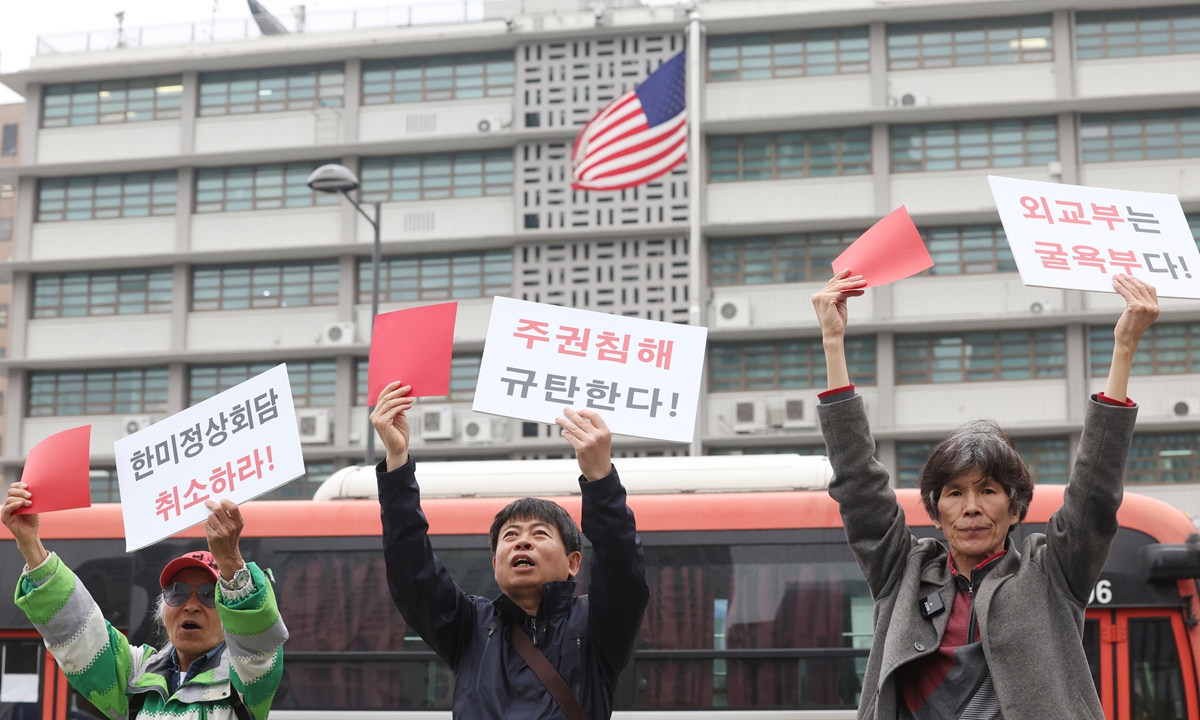
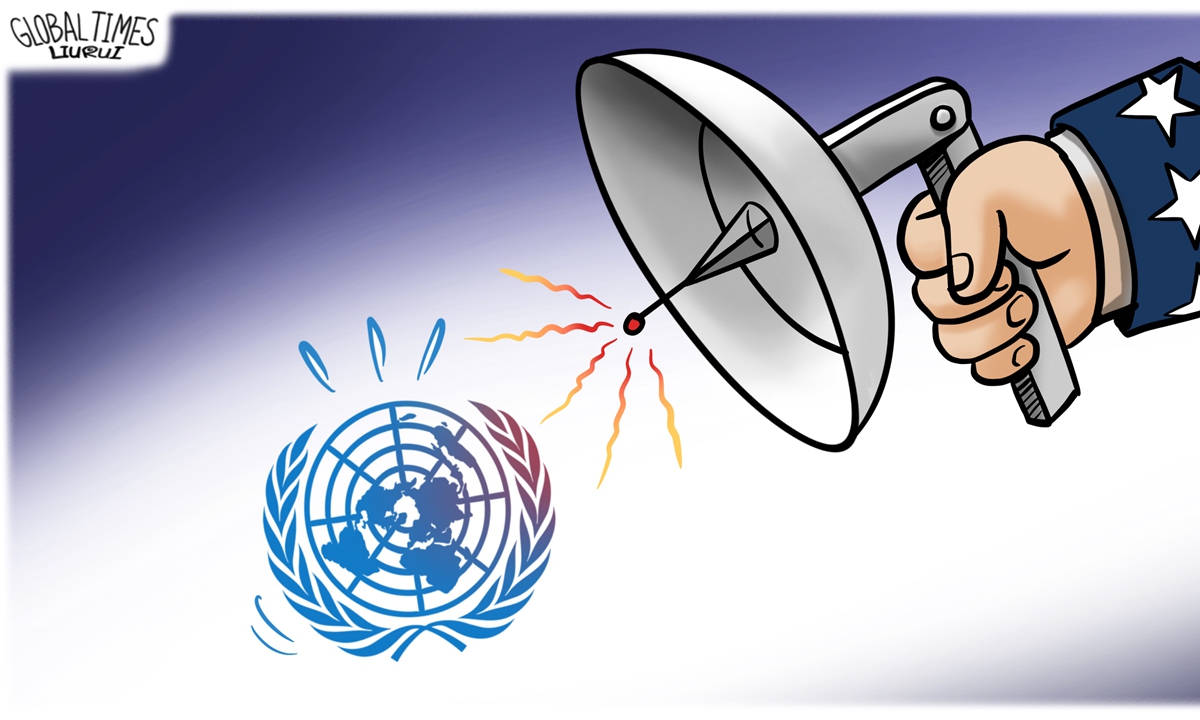
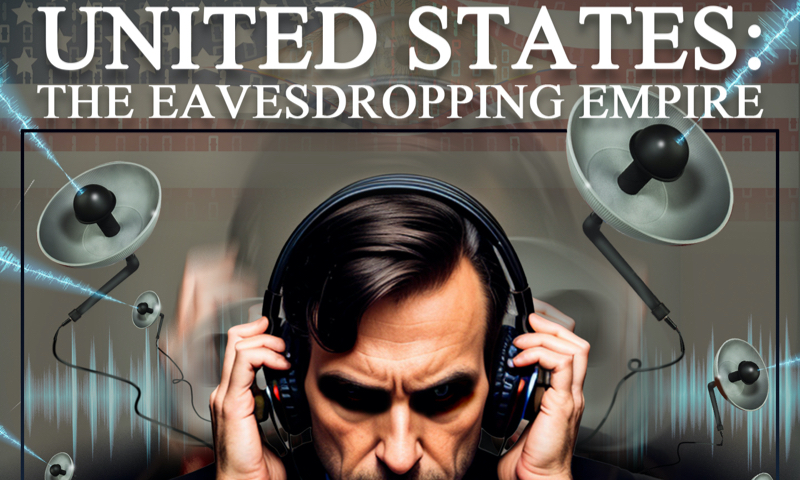


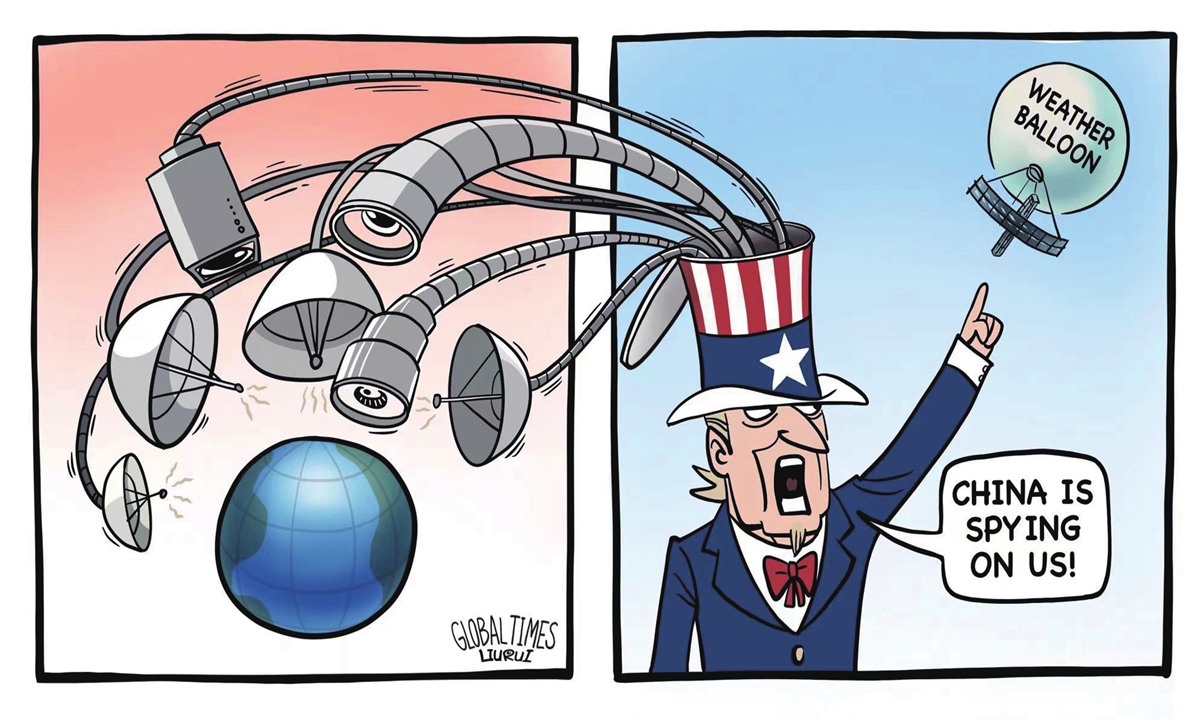
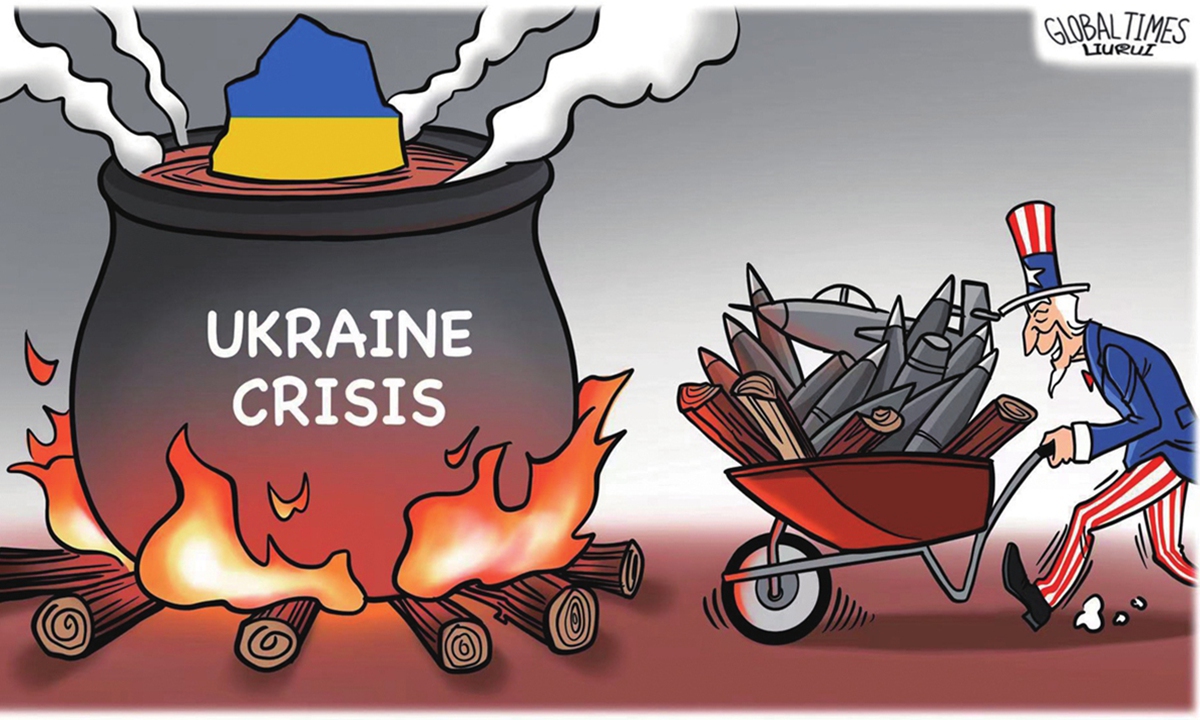
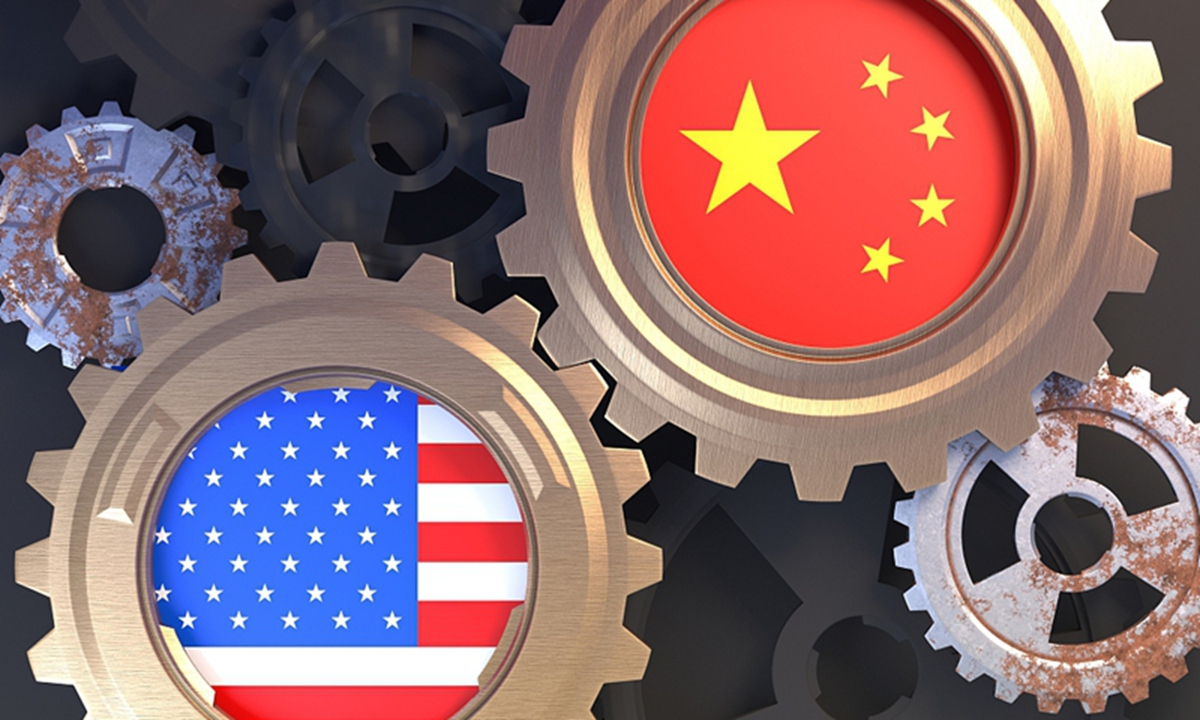
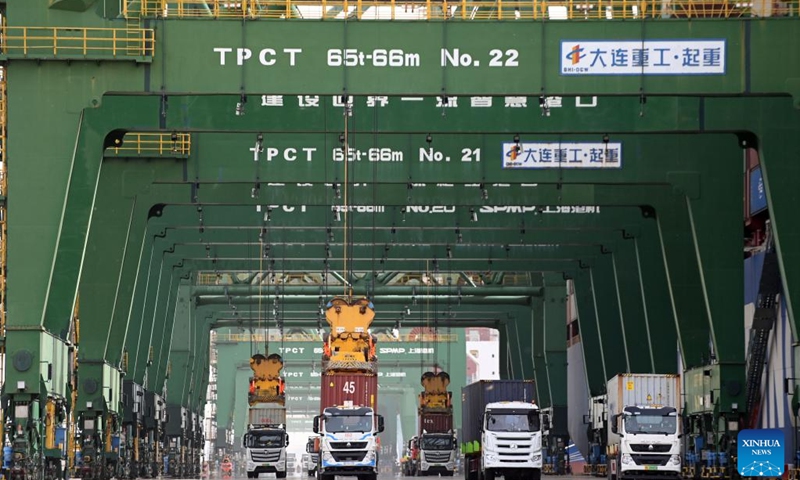
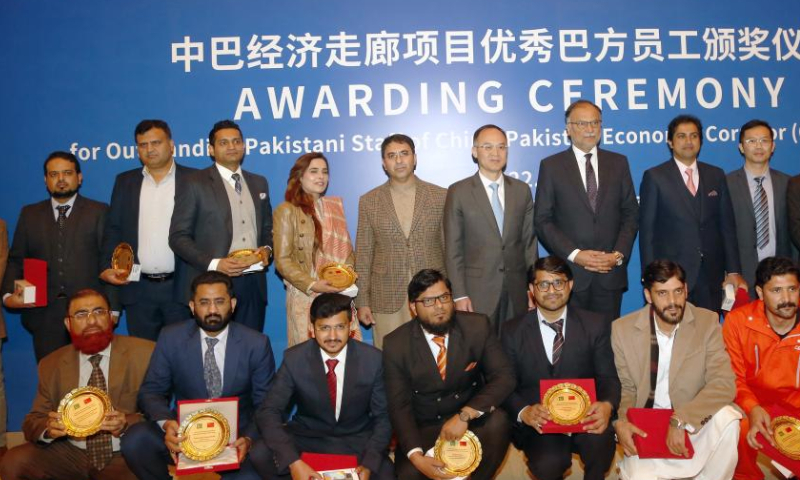














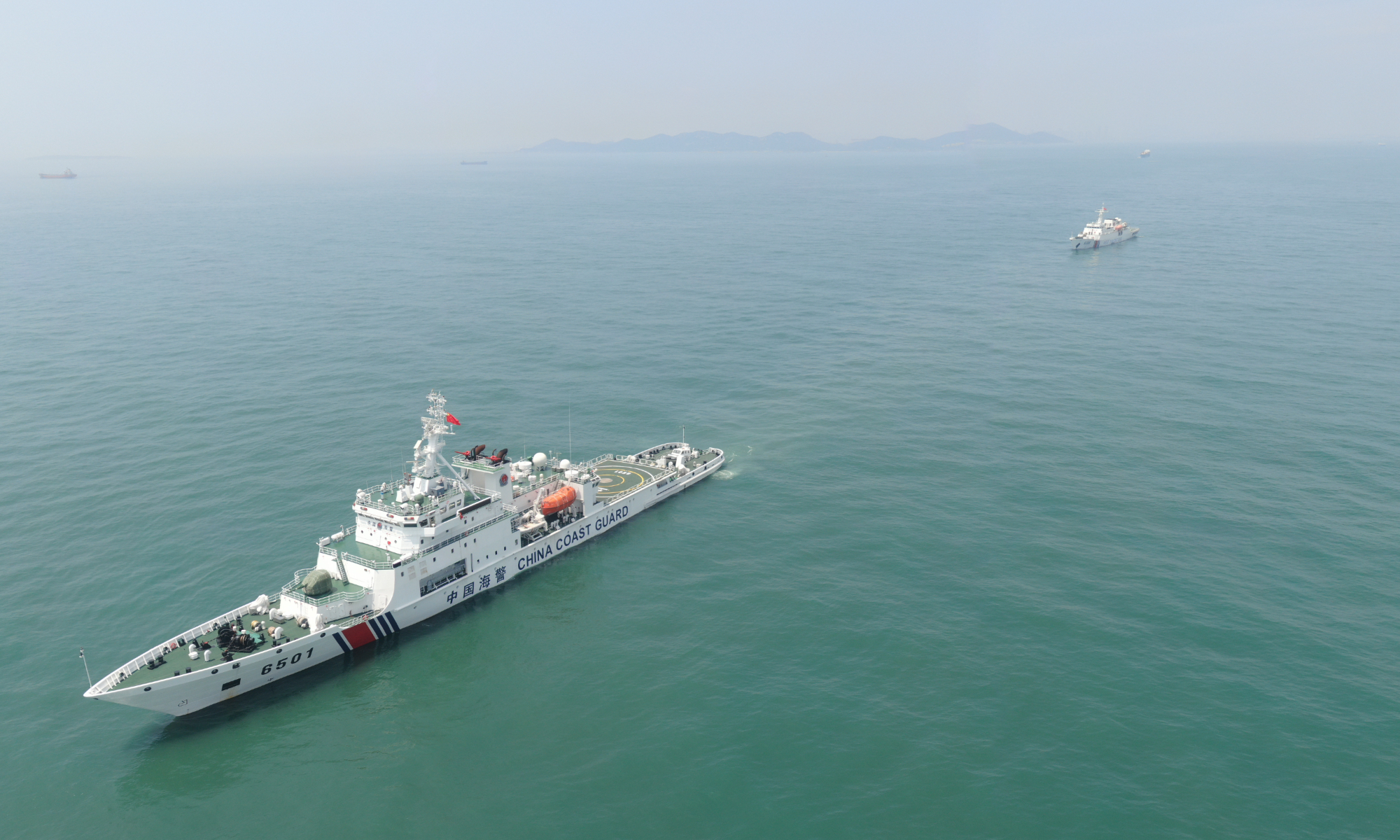

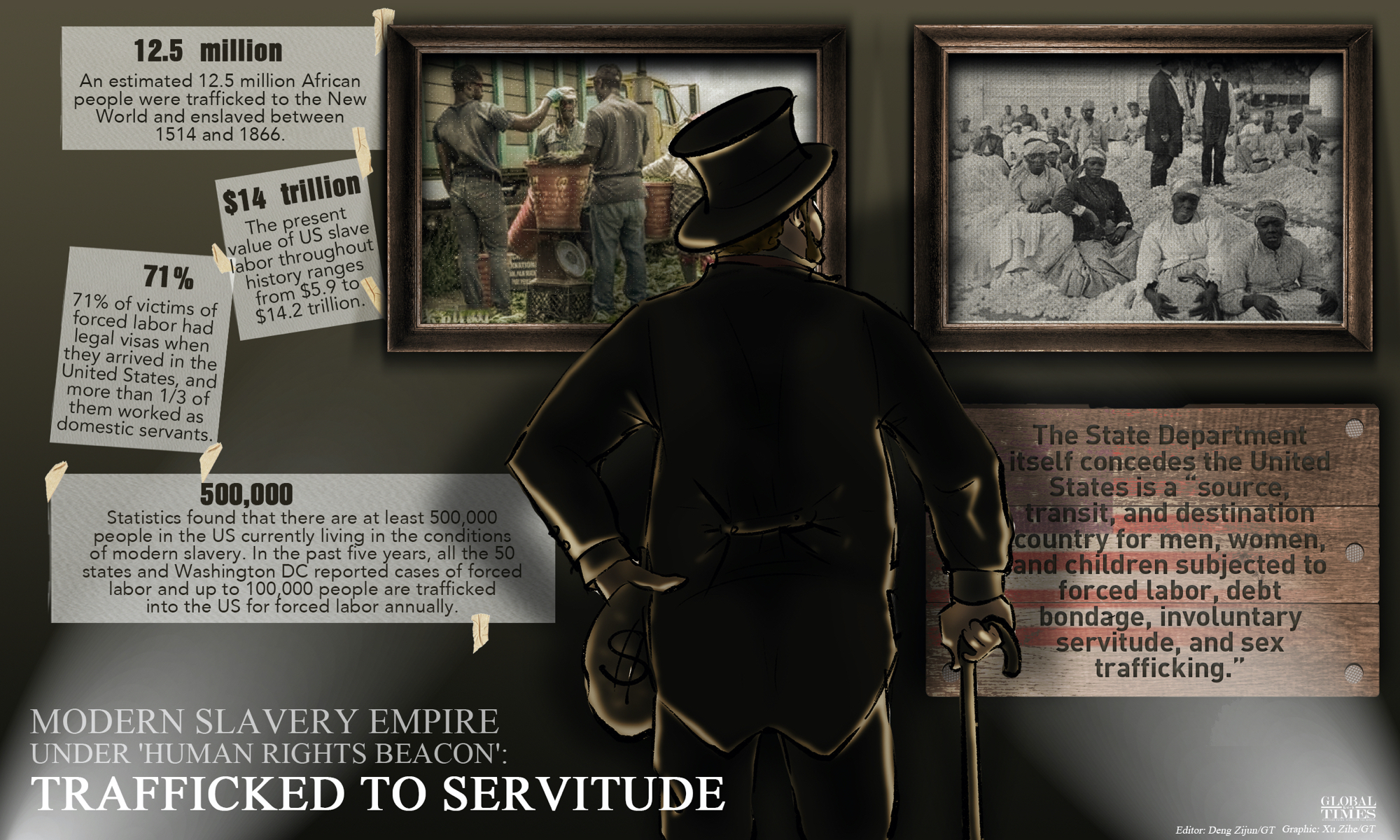




%20Dashboard%20With%20Vaccination%20Data.png)

%20Dashboard%20With%20Vaccination%20Data.png)

%20Dashboard%20With%20Vaccination%20Data.png)

%20Dashboard%20With%20Vaccination%20Data.png)

%20Dashboard%20With%20Vaccination%20Data.png)

